Home>Maintenance & Safety>Home Maintenance Checklists>How Big Is A 10 Gallon Trash Can
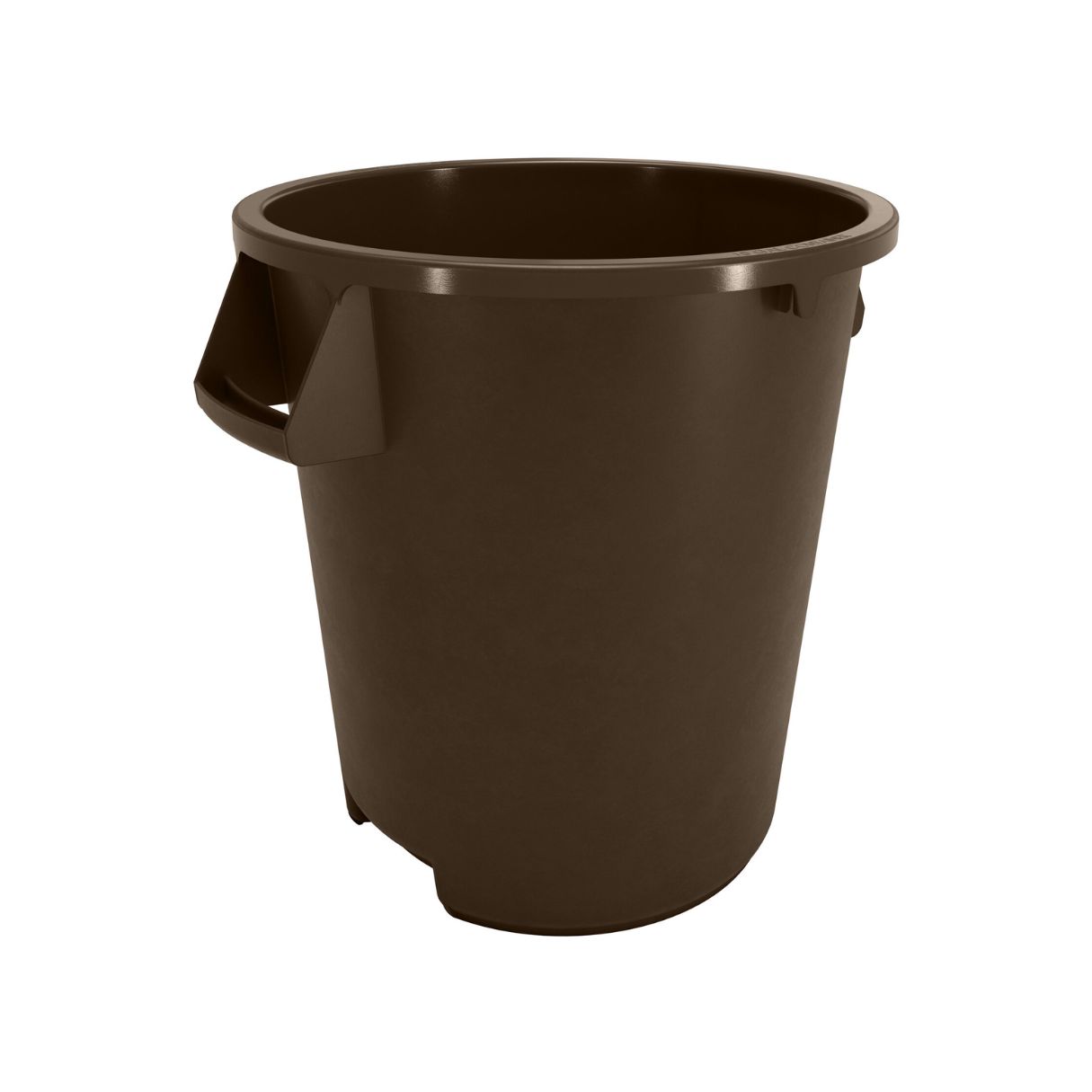

Home Maintenance Checklists
How Big Is A 10 Gallon Trash Can
Published: January 17, 2024
Discover the ideal size for a 10-gallon trash can and simplify your home maintenance with our helpful checklists. Keep your space clean and organized effortlessly!
(Many of the links in this article redirect to a specific reviewed product. Your purchase of these products through affiliate links helps to generate commission for Storables.com, at no extra cost. Learn more)
Introduction
Welcome to the world of home maintenance, where every detail counts. One often-overlooked aspect of home upkeep is waste management. Trash cans come in various sizes, each serving a specific purpose. In this article, we will delve into the realm of 10-gallon trash cans, exploring their dimensions and practical applications.
Understanding the significance of a 10-gallon trash can involves more than just its physical size. It's about finding the right balance between capacity and convenience. Whether you are a homeowner, a business owner, or simply someone looking for an efficient way to manage waste, the 10-gallon trash can offers a versatile solution.
Join us as we uncover the dimensions of a 10-gallon trash can, compare different options available in the market, and gain insights into how this seemingly ordinary household item can make a substantial difference in your daily routine. Let's embark on this journey to discover just how big a 10-gallon trash can truly is.
Key Takeaways:
- The 10-gallon trash can offers a versatile waste management solution, balancing capacity and space efficiency for homes, offices, and outdoor spaces.
- Understanding gallons helps visualize the volume a 10-gallon trash can can hold, making it a pivotal unit of measurement in waste management.
Read more: How Big Is A 20 Gallon Trash Can
Understanding Gallons
Before we delve into the specifics of a 10-gallon trash can, it’s essential to grasp the concept of gallons. In the realm of measurement, gallons are a unit of volume used to quantify the capacity of liquid substances. However, when it comes to trash cans, the term "gallons" is also employed to denote the volume of solid waste a container can hold.
Understanding the capacity of a 10-gallon trash can involves visualizing the volume it can accommodate. To put it into perspective, imagine a standard 10-gallon aquarium, which typically measures 20 x 10 x 12 inches. Now, visualize a trash can of similar capacity, and you’ll start to comprehend the amount of waste it can contain.
When considering the practical application of gallons in waste management, it’s important to note that the volume of solid waste may differ from the volume of liquid. This is due to factors such as compression, density, and the arrangement of the waste within the container. Therefore, a 10-gallon trash can may hold a different amount of solid waste compared to a 10-gallon container designed for liquids.
As we navigate through the dimensions and functionalities of a 10-gallon trash can, keep in mind that the term "gallons" serves as a versatile unit of measurement, applicable to both liquid and solid substances. This versatility underscores the importance of understanding gallons in the context of waste management, where efficient utilization of space is paramount.
The Dimensions of a 10-Gallon Trash Can
When it comes to waste management, the dimensions of a trash can play a crucial role in determining its practicality and suitability for different environments. A 10-gallon trash can typically boasts dimensions that strike a balance between capacity and space efficiency.
Most 10-gallon trash cans are designed to fit seamlessly into various settings, including kitchens, offices, and outdoor spaces. The dimensions of a standard 10-gallon trash can often range from approximately 15 to 17 inches in width, 11 to 14 inches in depth, and 20 to 24 inches in height. These dimensions make the 10-gallon trash can relatively compact, allowing it to be placed discreetly in corners or beneath countertops while still offering substantial waste storage capacity.
Furthermore, the shape of a 10-gallon trash can also influences its dimensions and functionality. Some 10-gallon trash cans feature a rectangular footprint, which is ideal for narrow spaces, while others have a cylindrical design, offering a space-saving solution with a smaller footprint. Understanding the dimensions and shape options available for 10-gallon trash cans enables users to select a model that best suits their specific needs and spatial constraints.
Additionally, the material composition of a 10-gallon trash can may influence its dimensions. For instance, a plastic 10-gallon trash can may have slightly different dimensions compared to a stainless steel or metal counterpart. The material’s thickness and construction also contribute to the overall dimensions and weight of the trash can.
As we explore the dimensions of a 10-gallon trash can, it becomes evident that these measurements are carefully calibrated to optimize both capacity and space utilization. Whether it’s a sleek, modern design for indoor use or a rugged, weather-resistant model for outdoor settings, the dimensions of a 10-gallon trash can reflect a thoughtful balance between form and function.
A 10 gallon trash can typically measures around 17-19 inches tall and 15-16 inches in diameter. Make sure to check the specific dimensions of the trash can you are interested in to ensure it meets your needs.
Comparing 10-Gallon Trash Cans
With a myriad of options available in the market, comparing 10-gallon trash cans allows consumers to make informed decisions based on their specific requirements and preferences. When evaluating different 10-gallon trash cans, several factors come into play, including design, durability, and additional features.
One aspect to consider when comparing 10-gallon trash cans is the lid mechanism. Some models feature a traditional lift-off lid, providing easy access for depositing waste, while others are equipped with swing tops or step pedals for hands-free operation. The choice of lid mechanism can significantly impact the user experience and the overall convenience of waste disposal.
Furthermore, the material composition of 10-gallon trash cans varies widely, with options ranging from plastic and stainless steel to metal and even specialized materials such as fingerprint-resistant coatings. Each material offers distinct advantages in terms of durability, aesthetic appeal, and ease of maintenance. For instance, stainless steel 10-gallon trash cans are known for their sleek appearance and resistance to corrosion, making them ideal for both indoor and outdoor use.
Another factor to consider when comparing 10-gallon trash cans is the presence of additional features, such as odor control mechanisms, liner holders, and ergonomic handles. These features can enhance the functionality of the trash can and contribute to a more pleasant and hygienic waste management experience.
Moreover, the design aesthetics of 10-gallon trash cans vary widely, catering to diverse preferences and interior styles. Whether it’s a minimalist, monochromatic design for modern spaces or a vibrant, color-coded option for recycling initiatives, the visual appeal of the trash can can complement its surroundings and promote a cohesive aesthetic.
As we compare the myriad options available in the realm of 10-gallon trash cans, it becomes evident that each model offers a unique combination of features, materials, and design elements. By carefully evaluating these attributes, consumers can select a 10-gallon trash can that aligns with their functional needs, aesthetic preferences, and long-term durability requirements.
Conclusion
Exploring the dimensions and practical implications of a 10-gallon trash can unveils a world of versatility and functionality. From kitchens and offices to outdoor spaces and commercial settings, the 10-gallon trash can serves as a reliable waste management solution with a carefully calibrated balance of capacity and space efficiency.
Understanding the concept of gallons in the context of waste management sheds light on the versatile nature of this unit of measurement. Whether quantifying the volume of solid waste or liquid substances, the term "gallons" plays a pivotal role in determining the capacity of a trash can and its suitability for various applications.
Delving into the dimensions of a 10-gallon trash can reveals a harmonious fusion of form and function. The compact yet capacious design, coupled with a diverse range of shape and material options, empowers users to seamlessly integrate the trash can into their living or working spaces while optimizing waste storage capacity.
Comparing the array of 10-gallon trash cans available in the market underscores the importance of considering factors such as lid mechanisms, material composition, additional features, and design aesthetics. By carefully evaluating these elements, consumers can make informed decisions that align with their specific waste management needs and complement their environmental preferences.
In conclusion, the 10-gallon trash can transcends its utilitarian function, emerging as a versatile and indispensable tool for maintaining cleanliness and organization. Whether it’s the seamless integration of dimensions, the thoughtful inclusion of innovative features, or the diverse array of design options, the 10-gallon trash can stands as a testament to the intersection of practicality and ingenuity in the realm of home maintenance and waste management.
As we navigate the intricacies of waste management, let us continue to embrace the value of efficient and sustainable solutions, starting with the seemingly ordinary yet remarkably impactful 10-gallon trash can.
Frequently Asked Questions about How Big Is A 10 Gallon Trash Can
Was this page helpful?
At Storables.com, we guarantee accurate and reliable information. Our content, validated by Expert Board Contributors, is crafted following stringent Editorial Policies. We're committed to providing you with well-researched, expert-backed insights for all your informational needs.

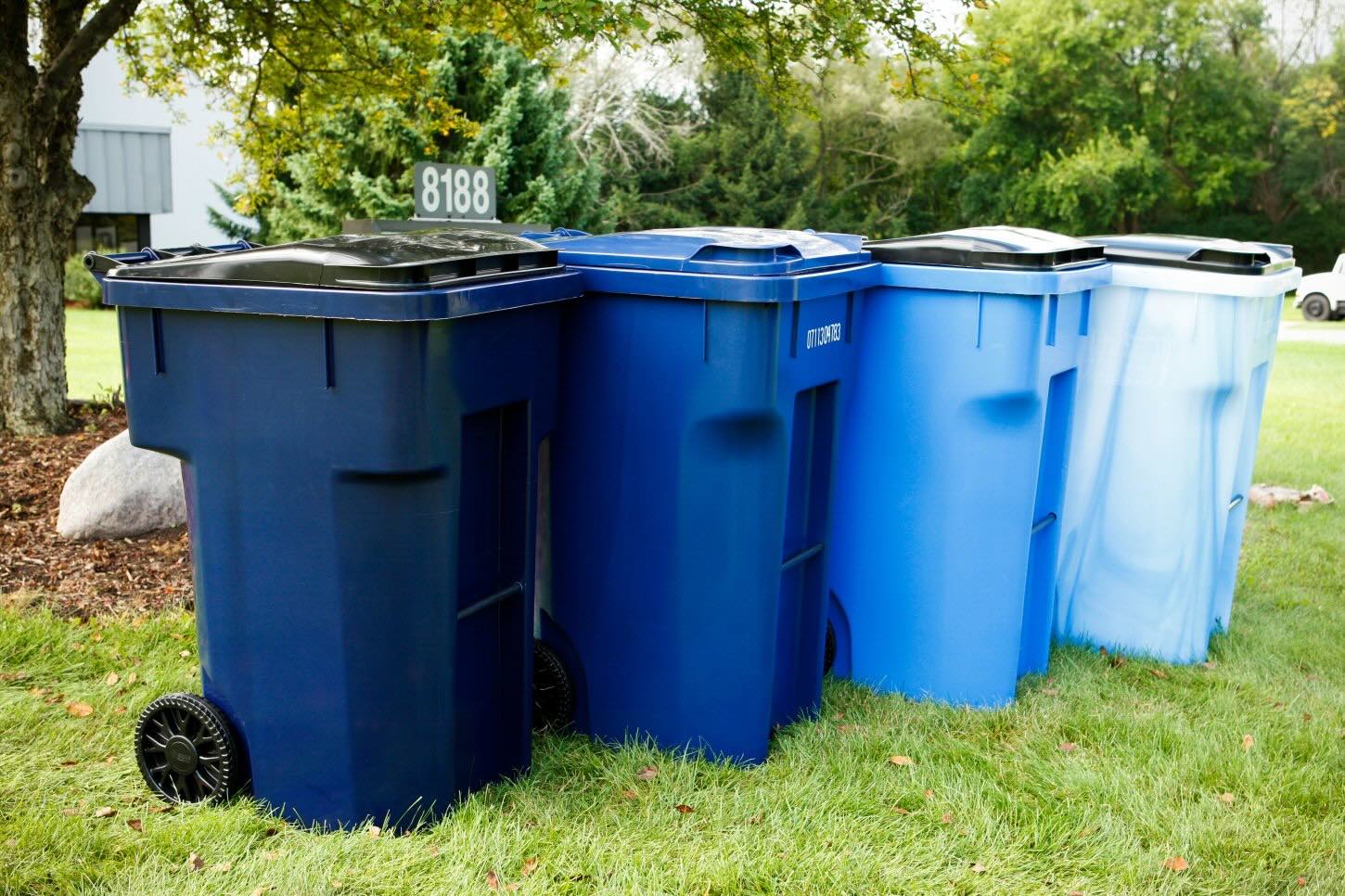
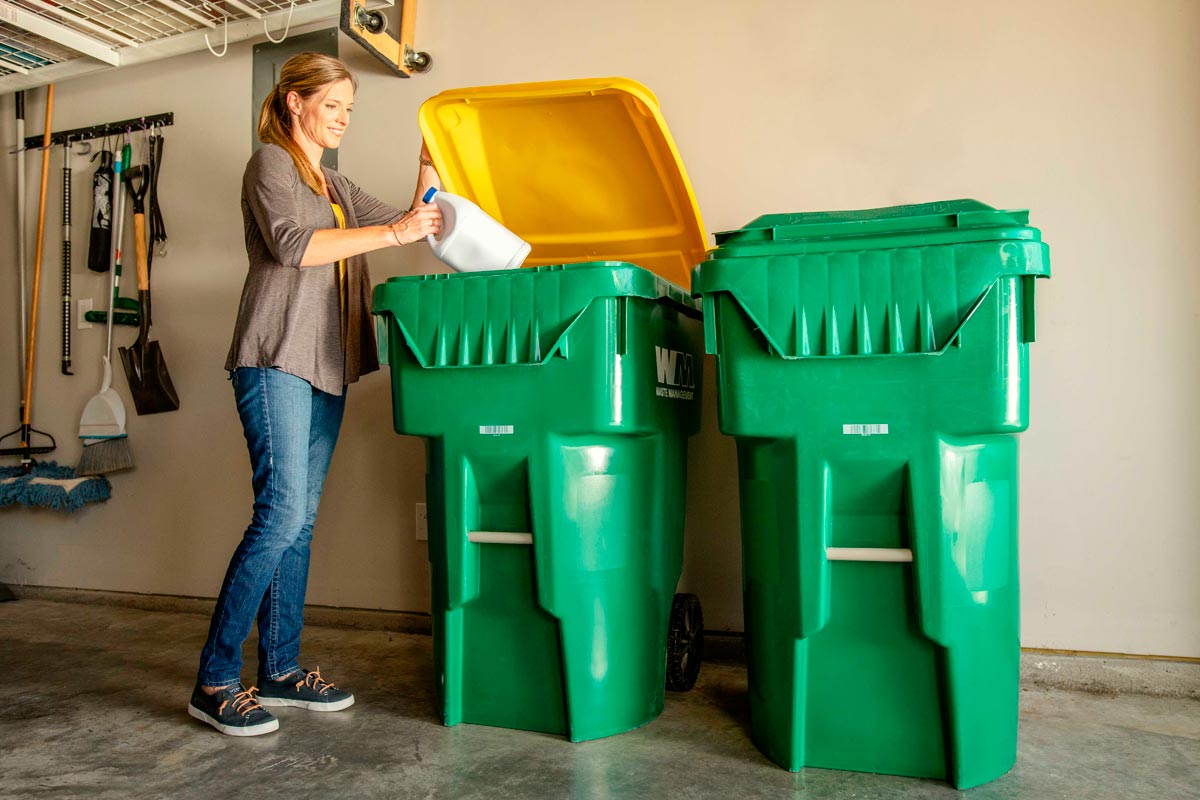
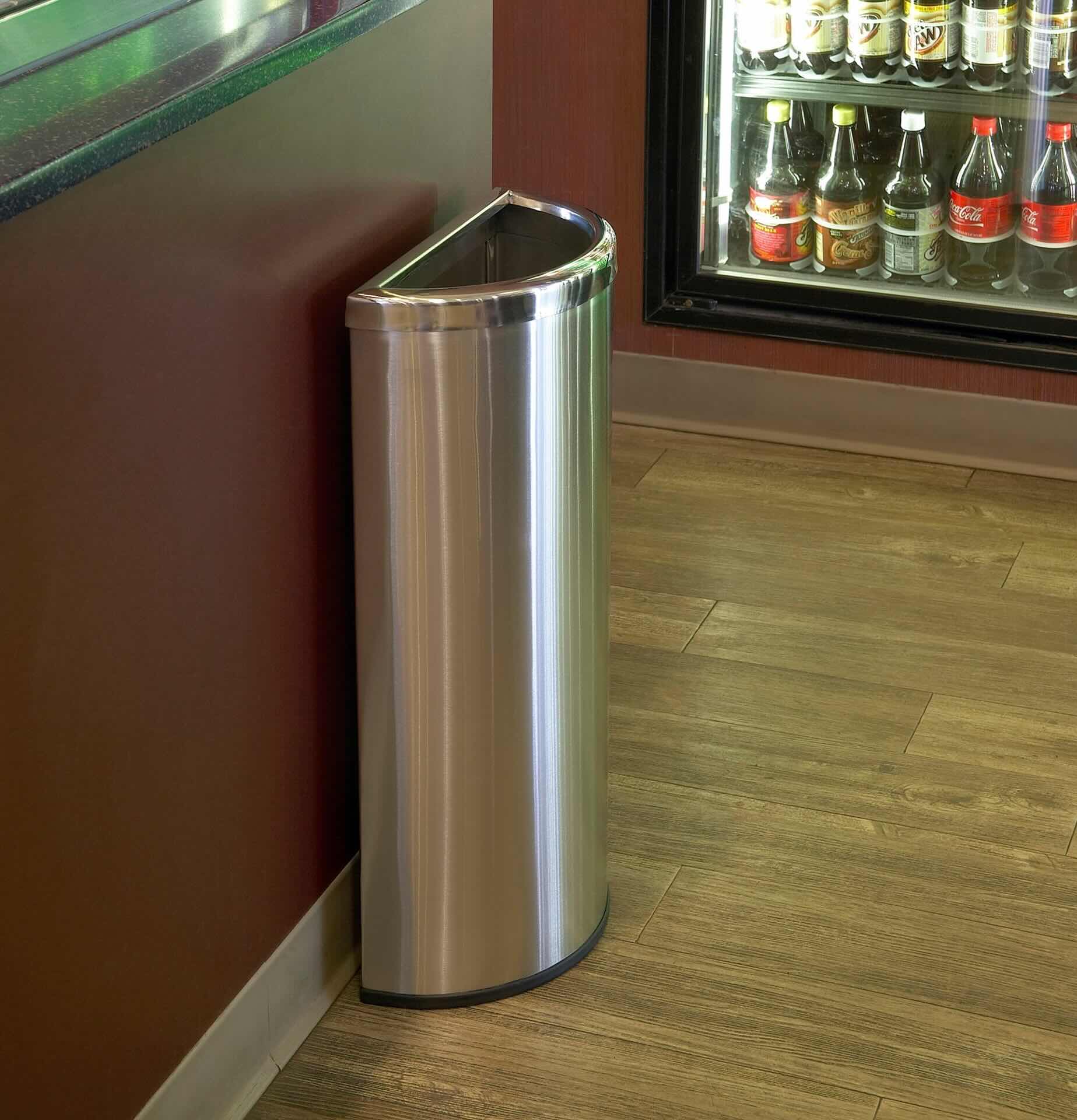
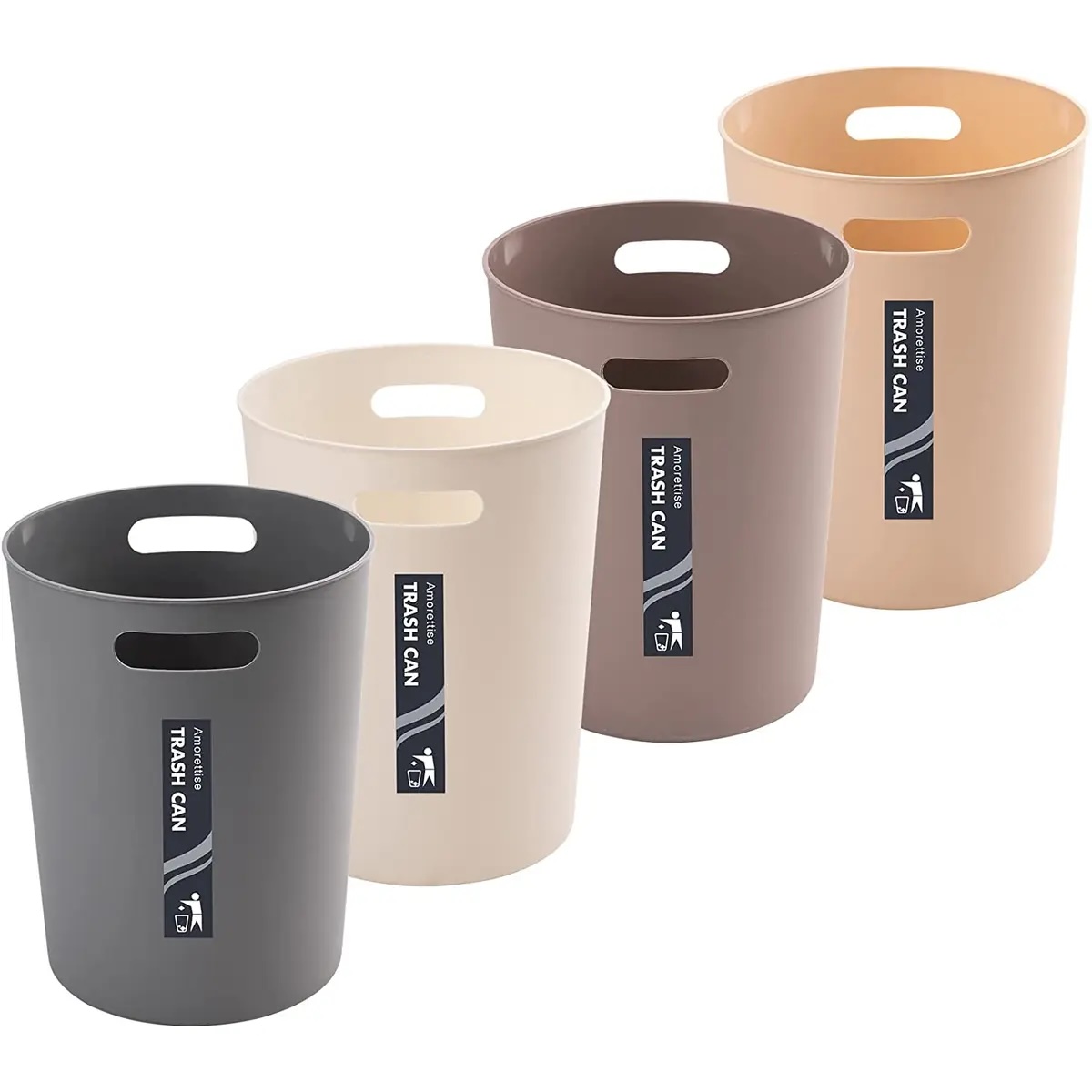

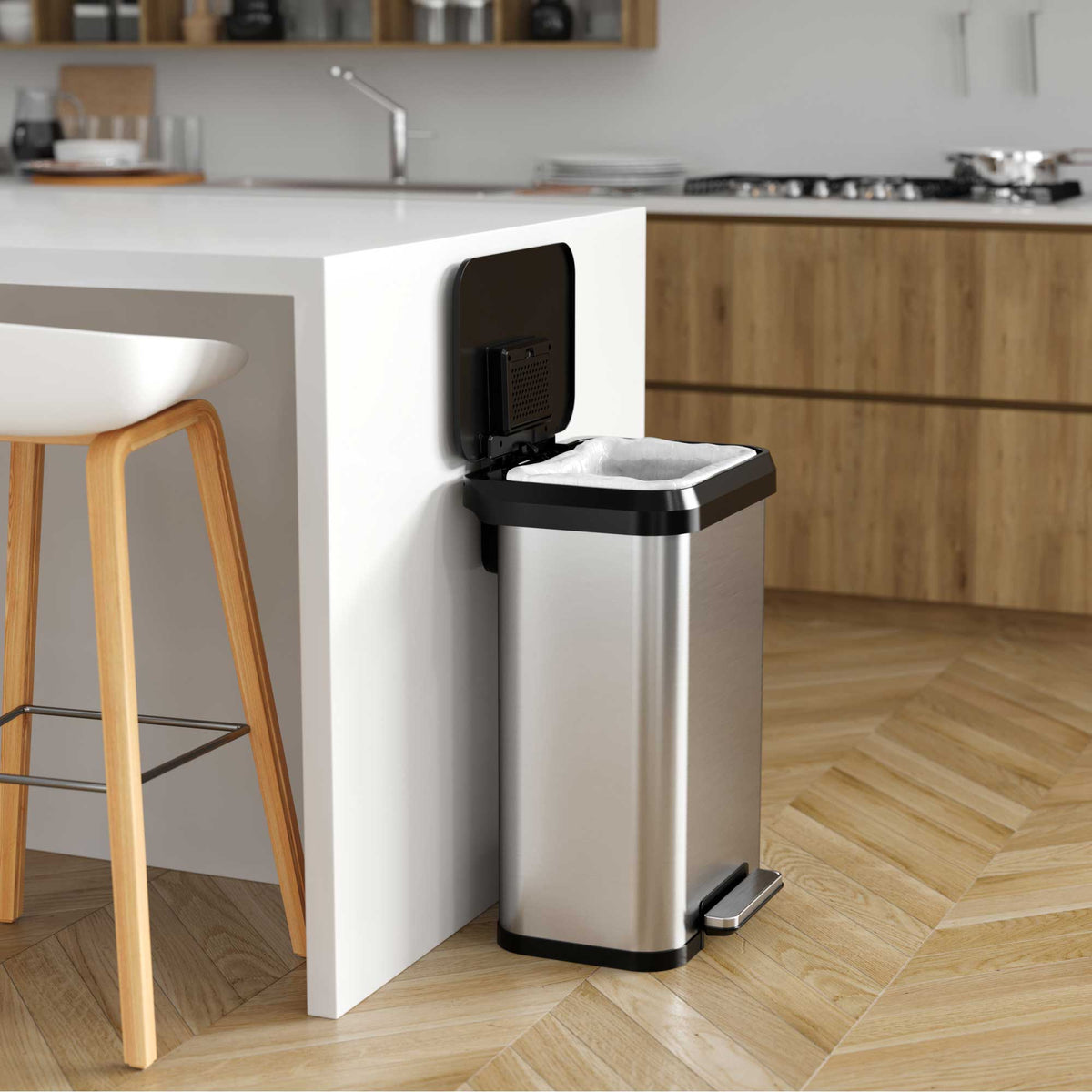
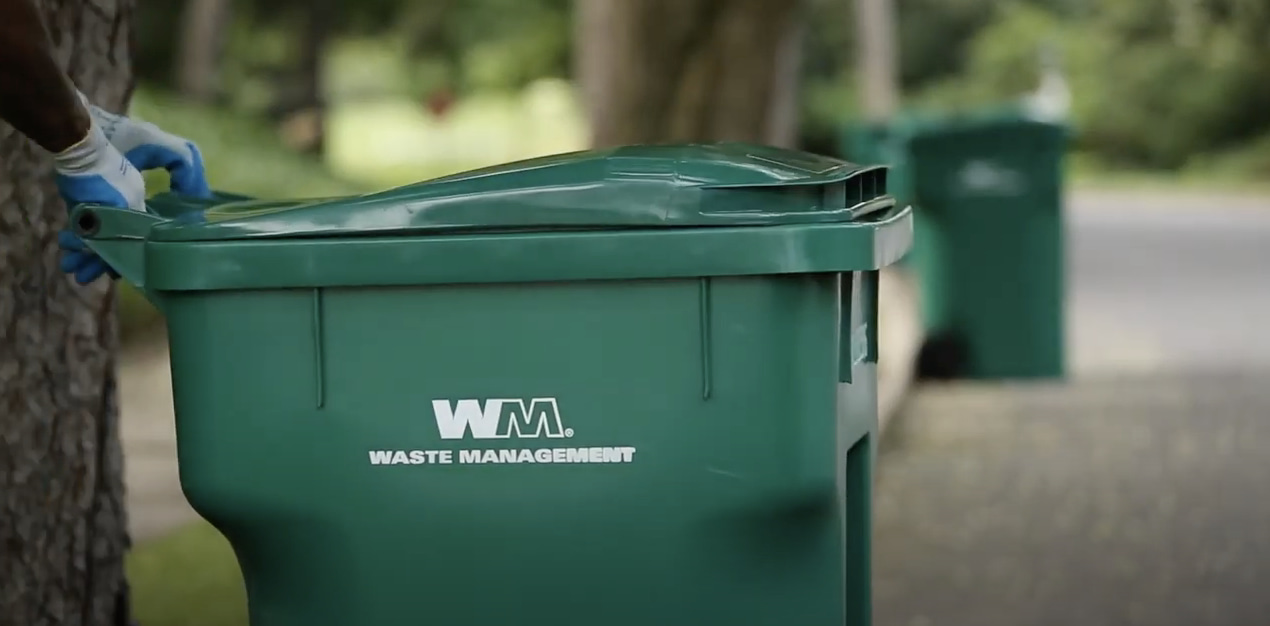

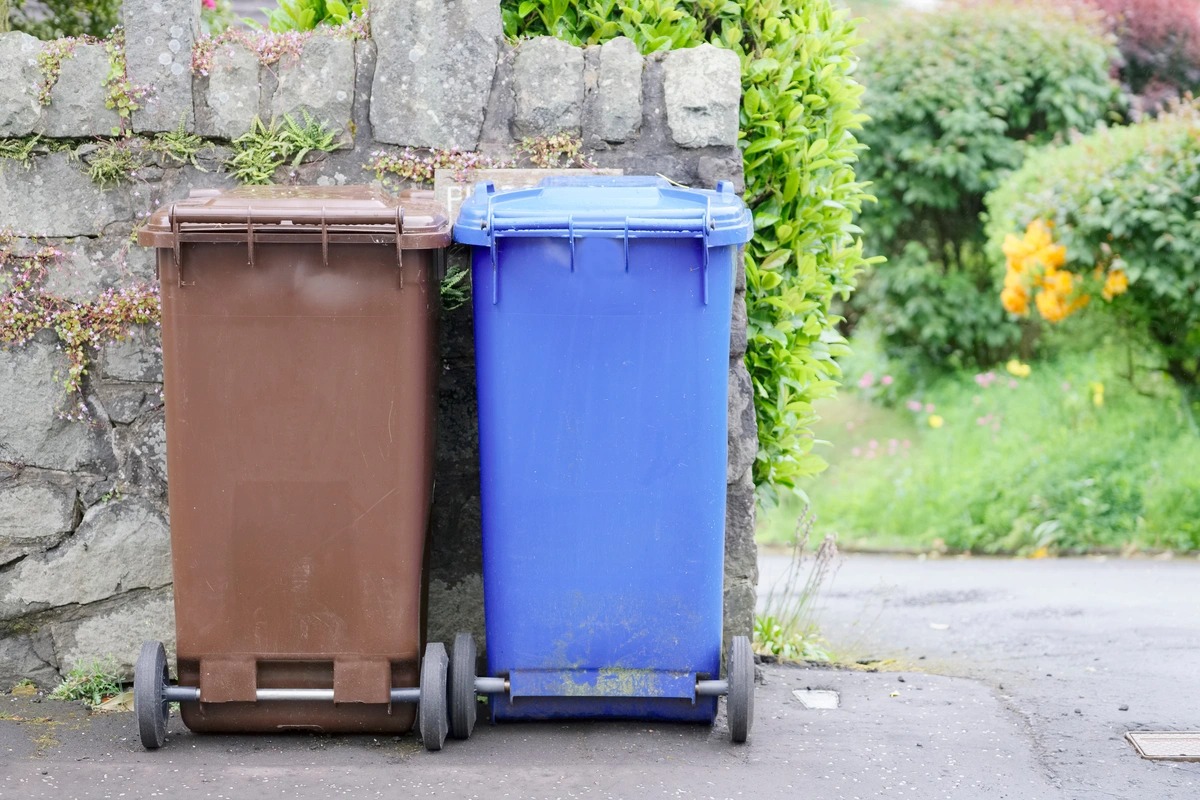
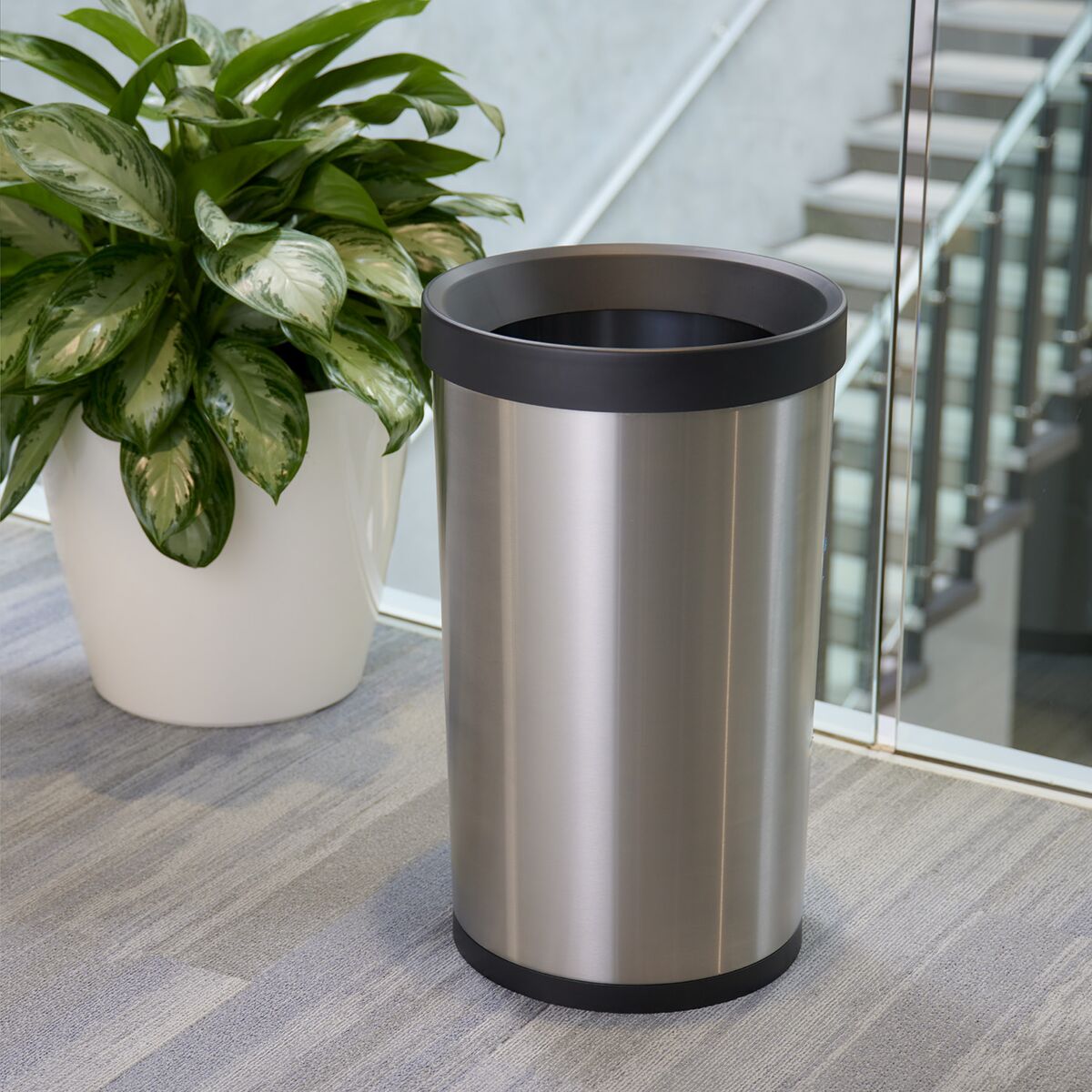
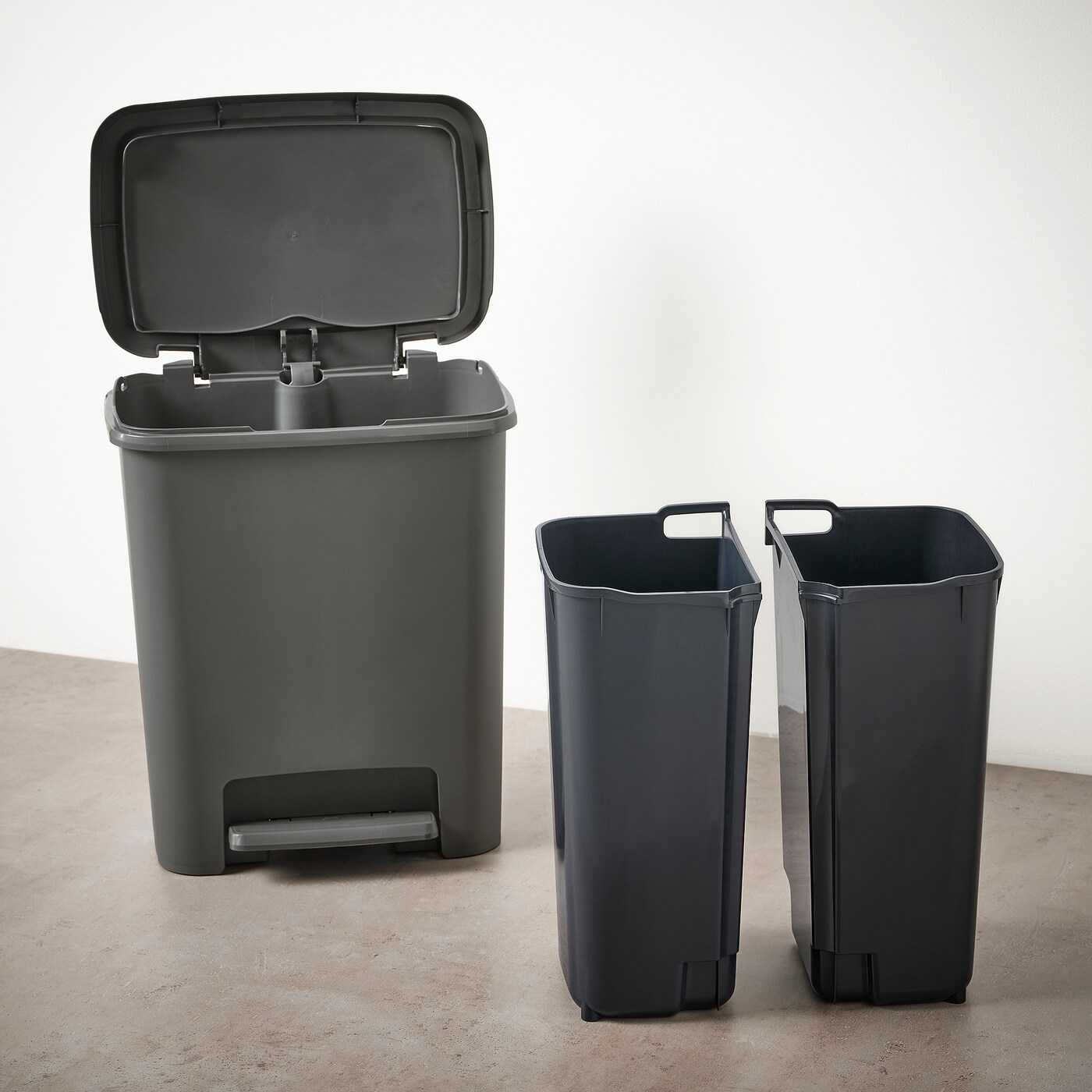
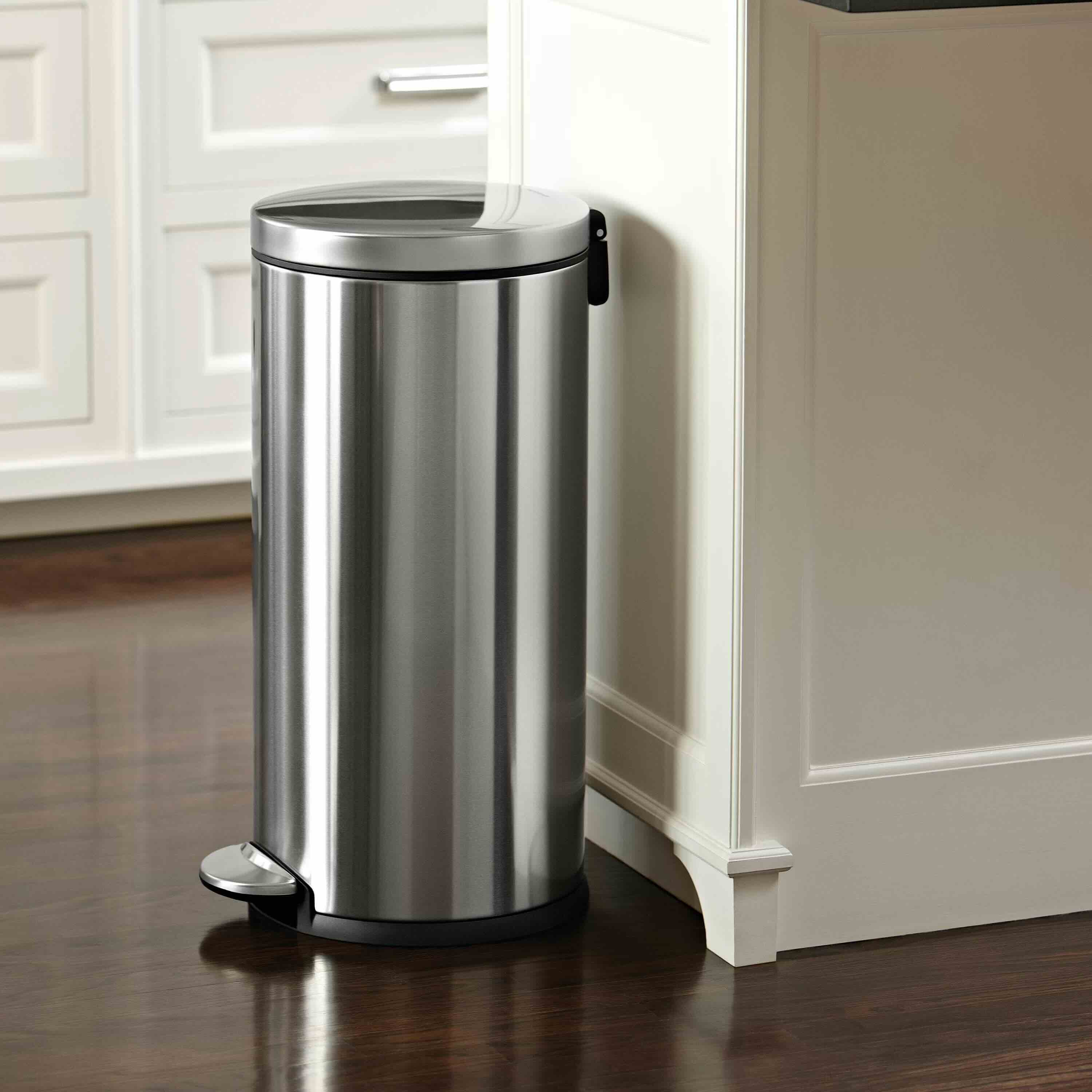
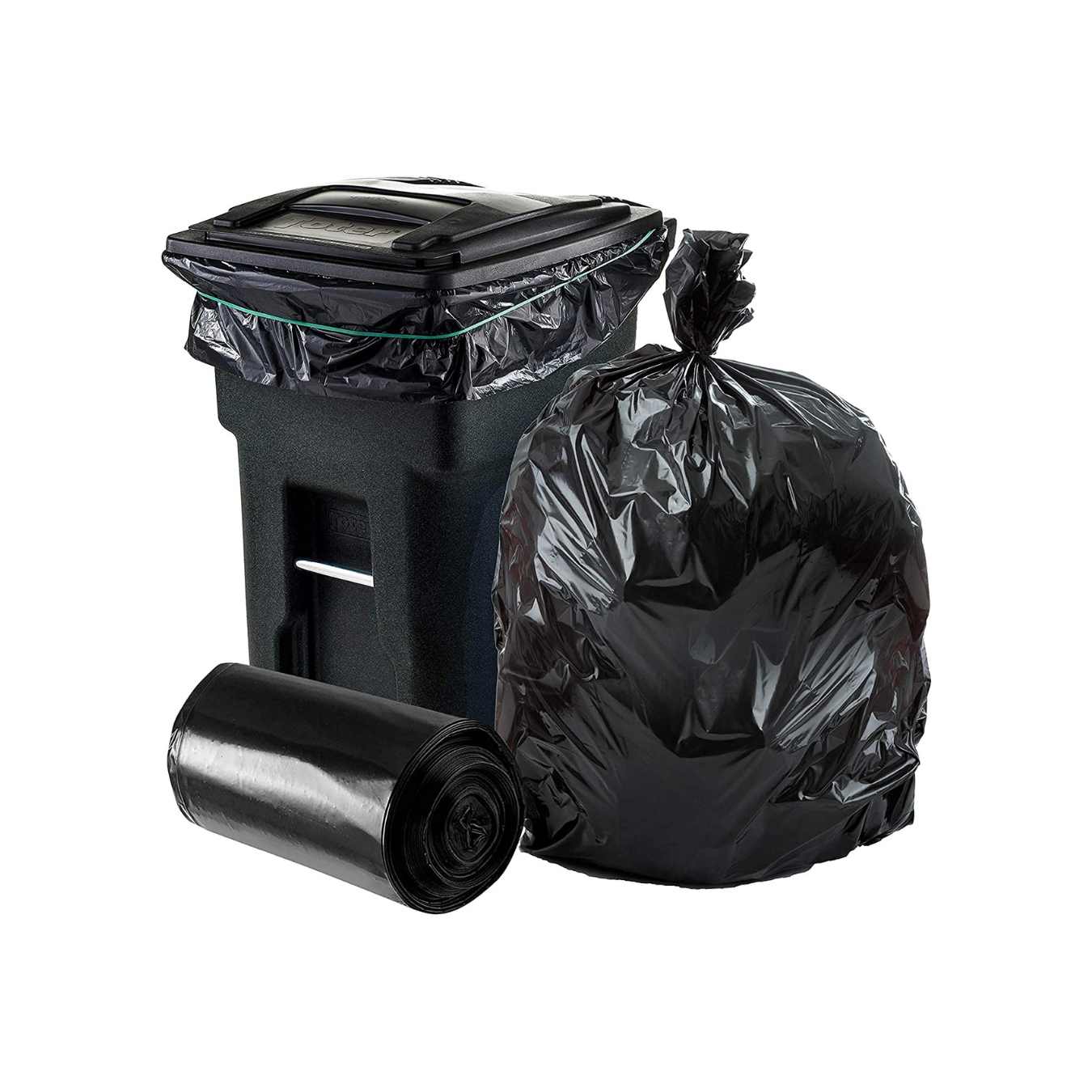
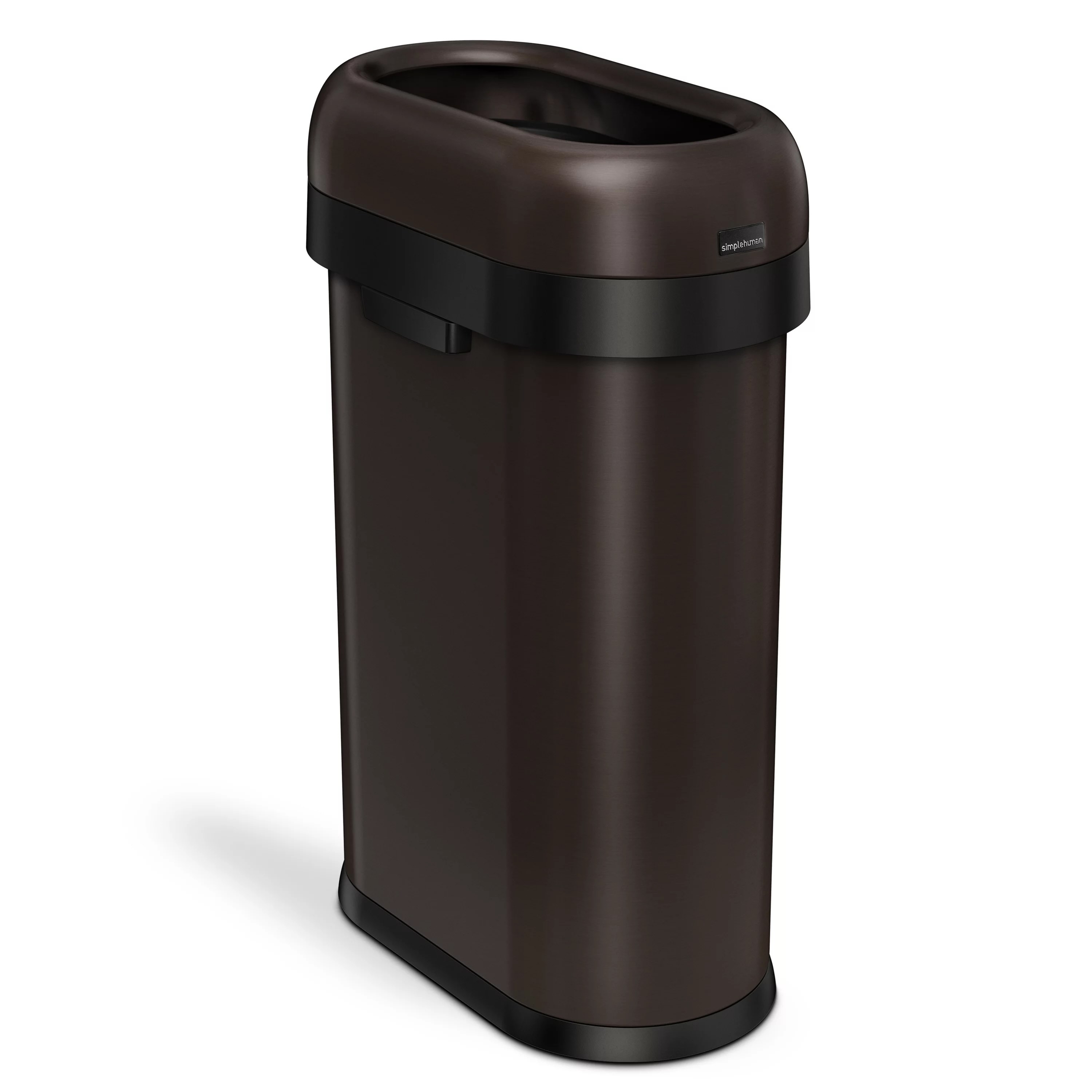

0 thoughts on “How Big Is A 10 Gallon Trash Can”